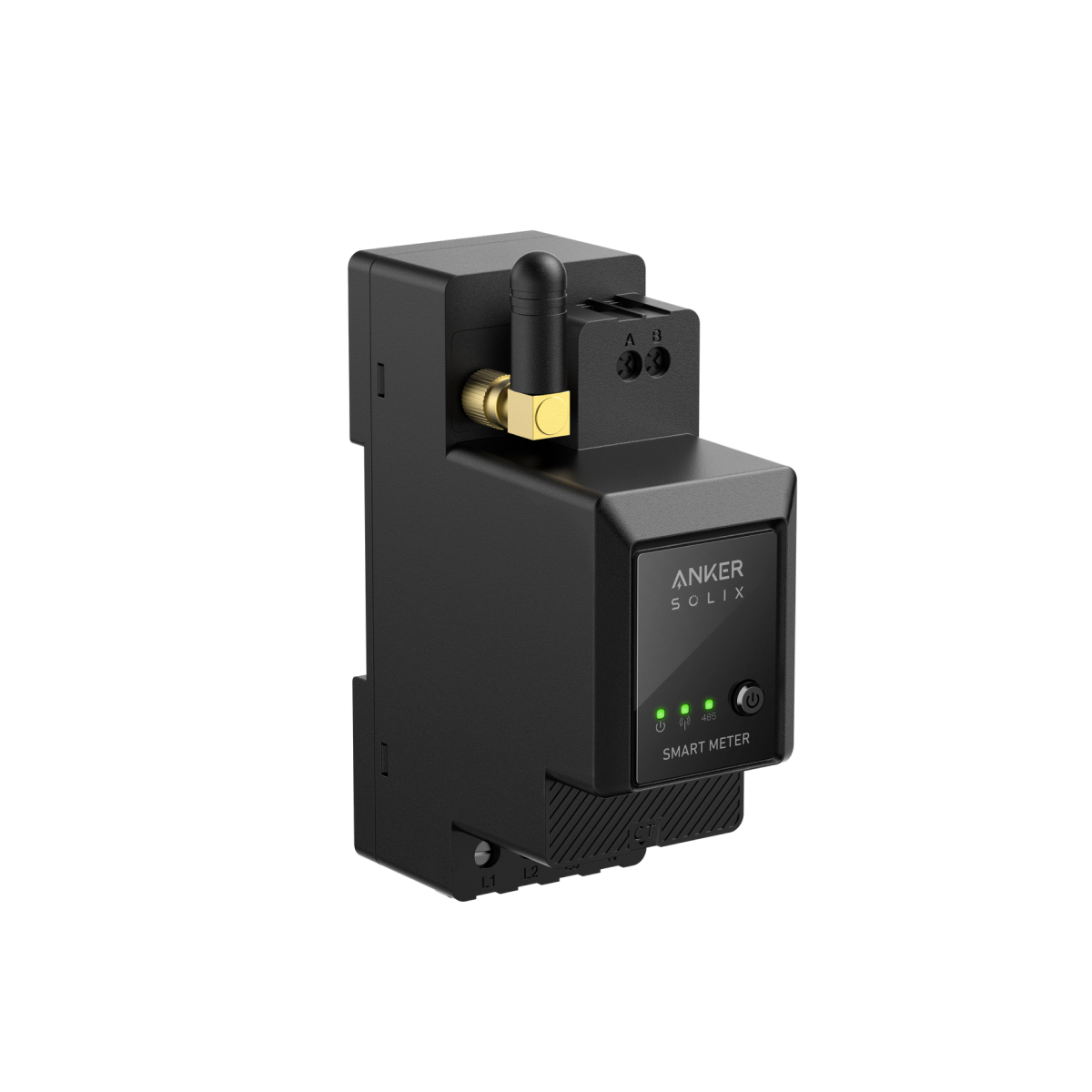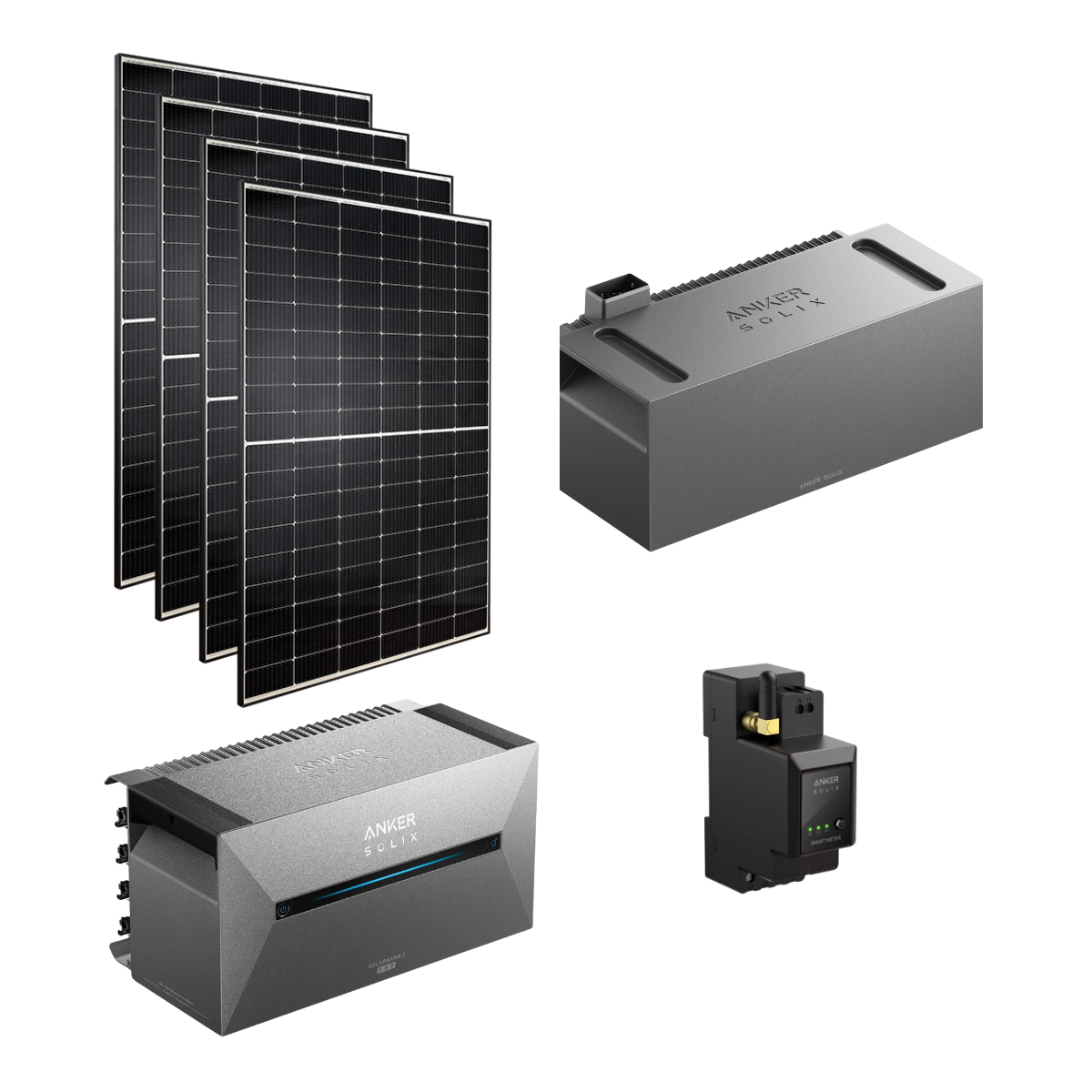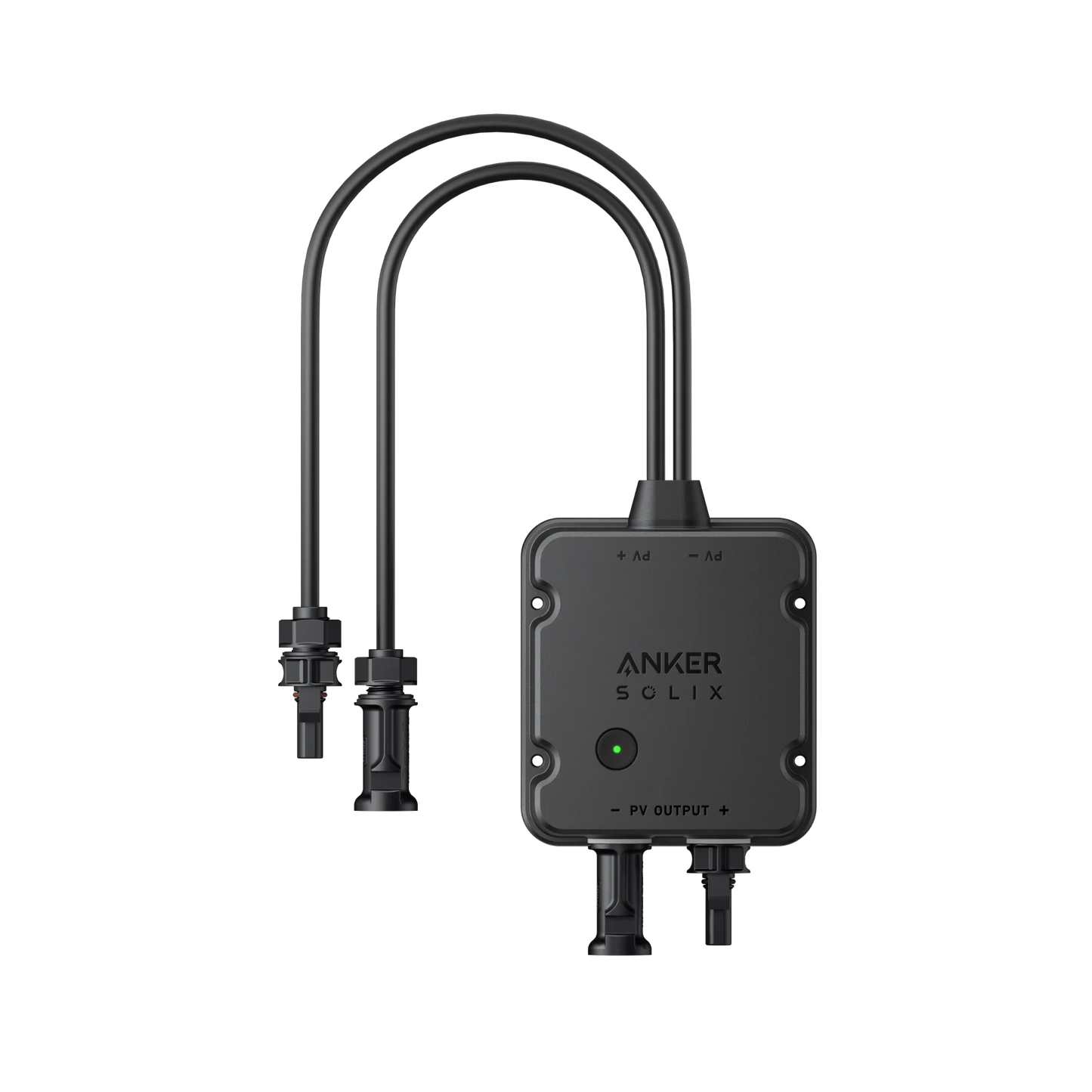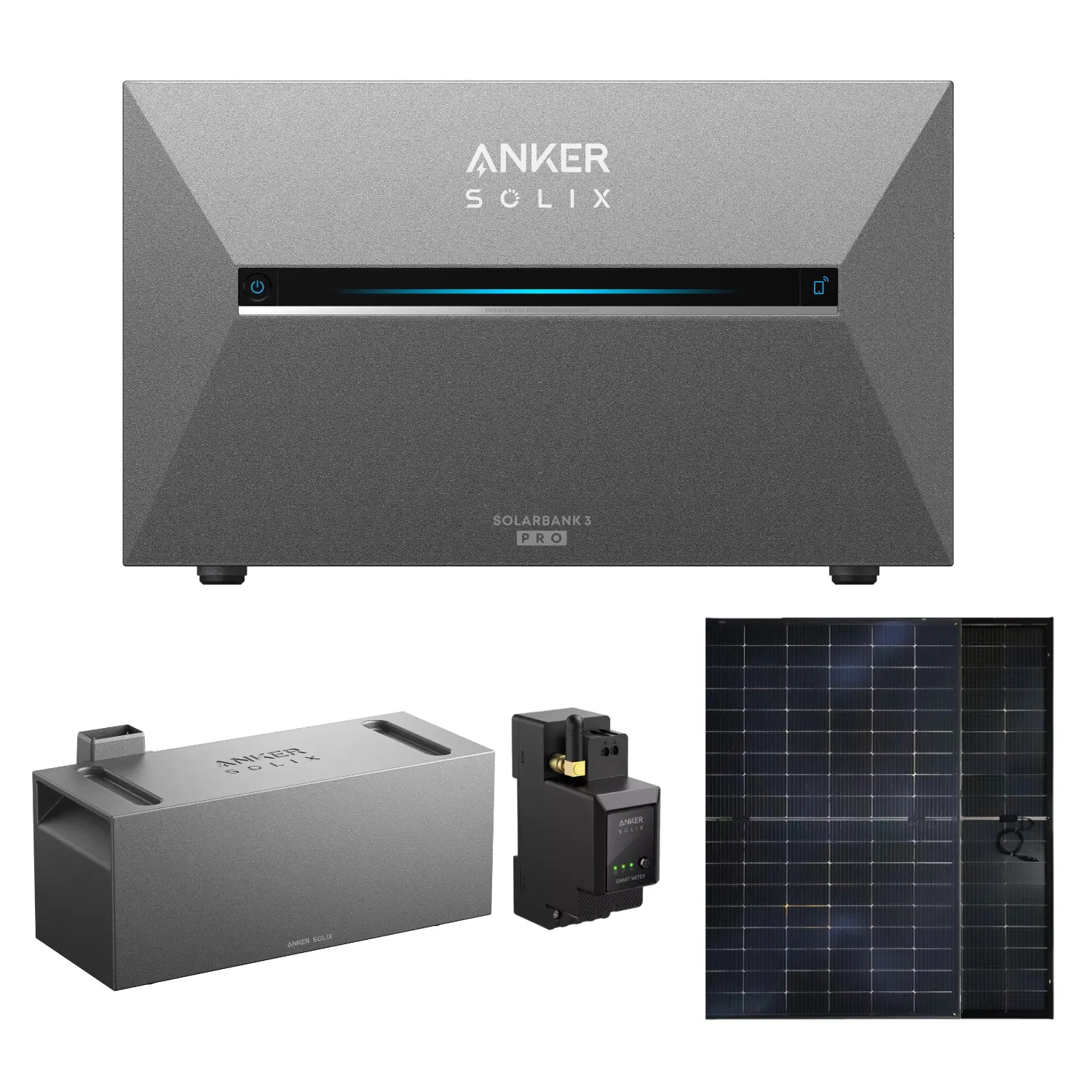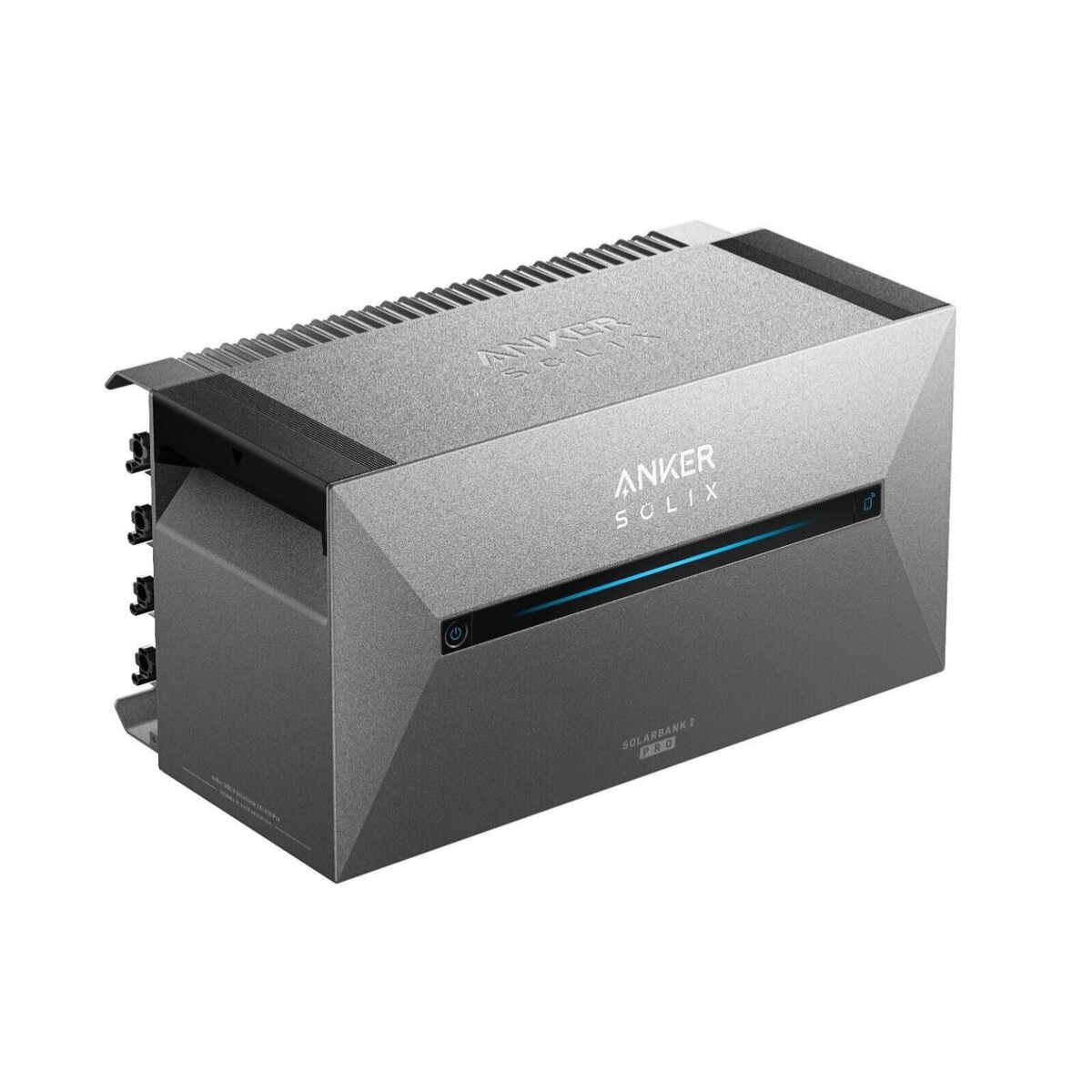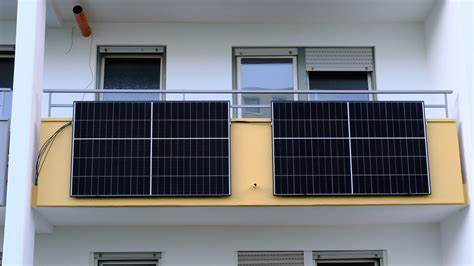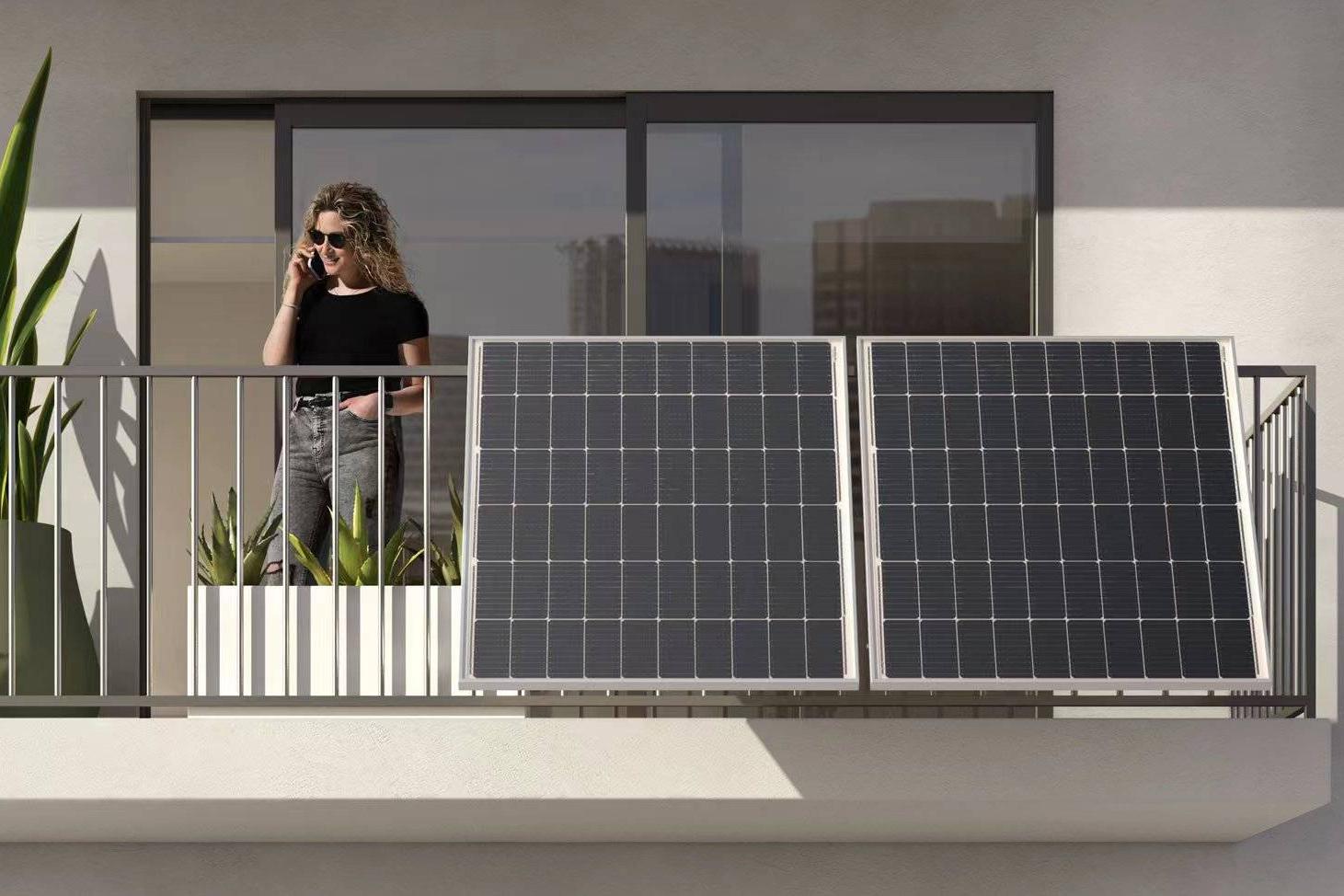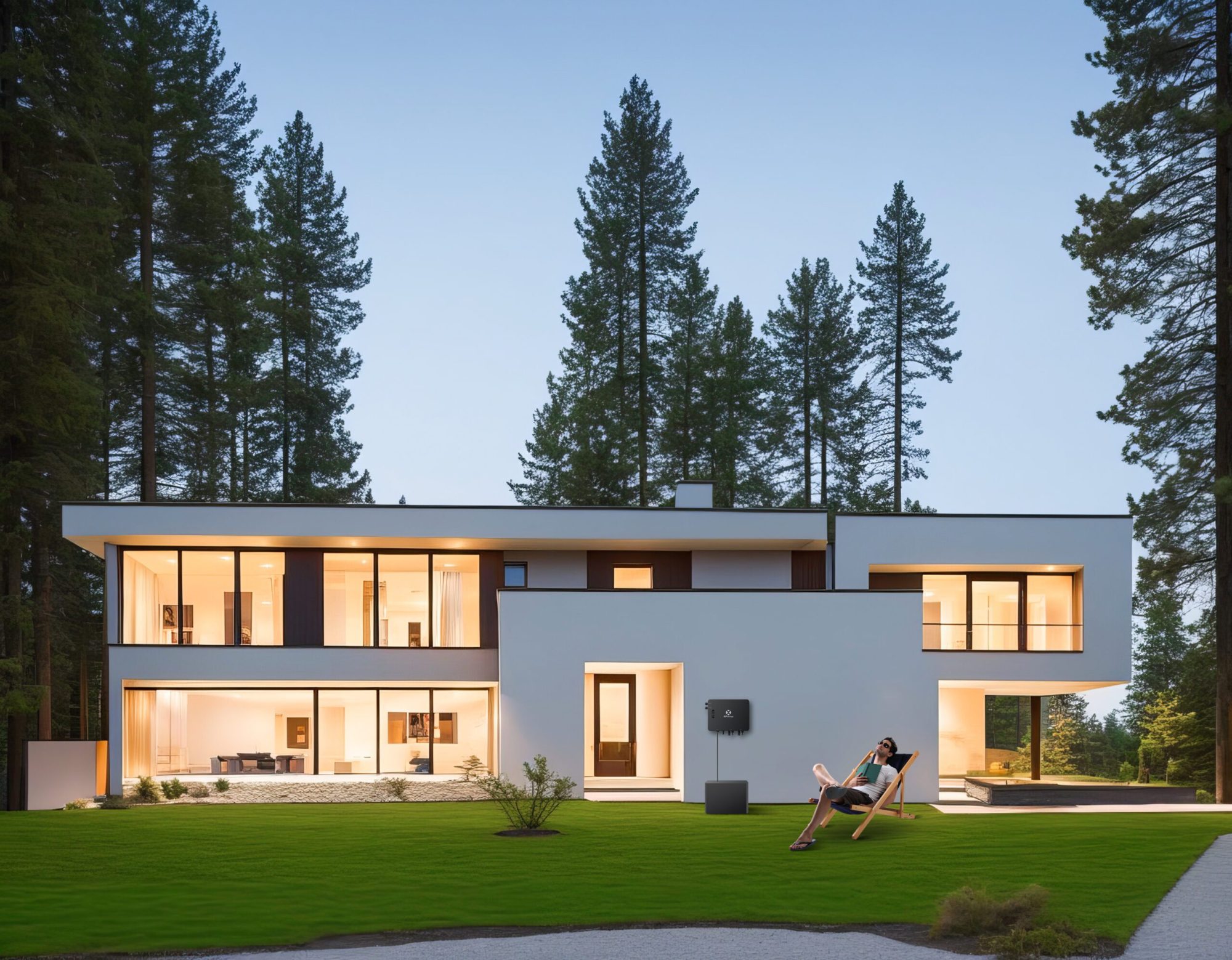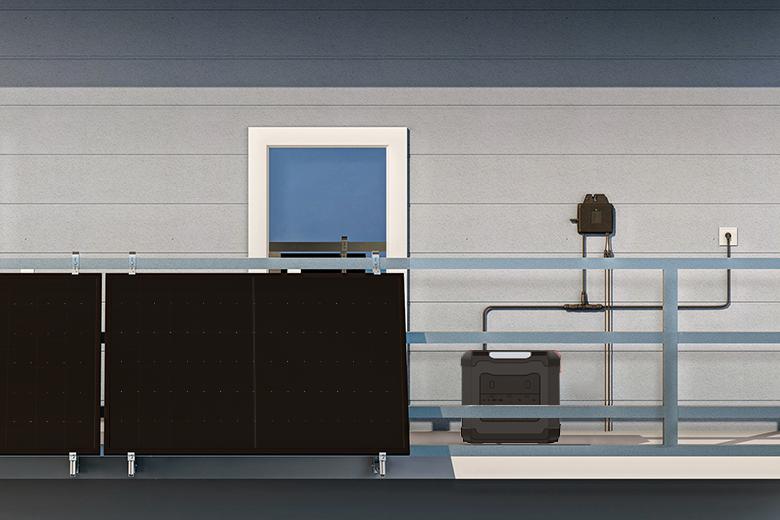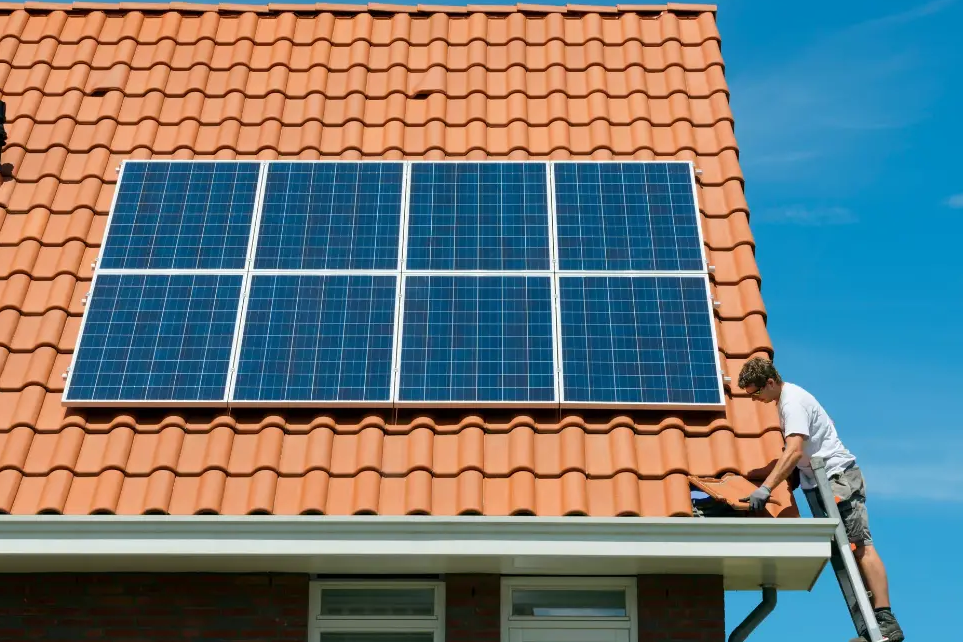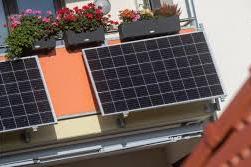Blog & News
Fire protection for PV systems: what you need to consider
PV systems are exposed to all kinds of weather conditions. But does a solar system pose a risk to your single-family home? We'll address this question in this article.
Does a PV system on the roof increase the fire risk?
With proper installation and the use of high-quality, CE-certified components, a rooftop PV system does not increase the fire risk. It is important that all connections, including lightning and surge protection, are properly installed.
Furthermore, annual maintenance of the solar system is recommended. This ensures that defects and potential risks are identified and rectified early. Furthermore, regular maintenance reduces Cleaning the PV system the risk of fire, especially if it is located near trees. Resin, which is highly flammable, can contaminate the solar modules.
What are the risks of a fire in a photovoltaic system?
If a photovoltaic system catches fire, two major risks arise:
- Photovoltaic systems cannot simply be switched offDisconnecting from the grid shuts down the inverters for safety reasons. However, PV modules and cables remain live during daylight hours. If the system is undamaged, there is no danger during firefighting. However, there is a risk if firefighters encounter damaged cables in the building. This could result in an electric shock.
- During a fire brigade operation the photovoltaic system can obstruct access to the roofThe solar modules prevent the roof covering from being removed quickly. This can delay or hinder firefighting efforts. Access routes are important for both PV system maintenance and firefighting.
- The Solar module panes can burst in a fire, which poses a risk of injury and damages the fire hoses.
Fires in PV systems are very rare (RioPatuca Images / stock.adobe.com)
Can a fire ever be extinguished?
Firefighters are trained in firefighting and are obligated to extinguish fires. For this reason, firefighting regulations for electrical installations have been revised and tightened in recent years. For example, in flooded areas exposed to firefighting water, contact with areas of the PV system must be avoided at all costs due to the voltage present. A minimum distance of one meter should be maintained.
In an emergency, you don't have to worry about a controlled burnout of your house. Such situations have never occurred. These rumors were spread by misguided reporting and published as major headlines in the daily and trade press.
Who is liable in the event of a fire?
In the event of a fire in a PV system, the insurance company is normally liable. This requires that you have taken out PV insurance. Otherwise, you are personally liable for the damage. However, if the fire can be proven to have been caused by a defect in the solar system, the PV company you hired is liable.
How can the risk of fire be reduced?
The VDE application guideline VDE-AR-E 2100-712, which came into force in May 2013, regulates measures for the safe planning and installation of photovoltaic systems on buildings. These measures aim to prevent dangerous contact voltages in the event of a failure of the protective insulation. This regulation requires the marking of the PV system with an appropriate sign.
The Application rule describes:
- Measures to Laying of PV direct current cables in a building. This includes fire-protected installation under plaster or in fire protection ducts. It also includes touch-safe installation on elevated cable trays and always laying the cables outside the building.
- Shutdown measures, such as the fireman's switch, can react automatically in the event of a fire or be manually triggered from a central location. In the event of a fire, this device can quickly interrupt the flow of power from the solar system to the inverter. The functionality of these switches is often controversial, as there are no standardized specifications or product guidelines.
Distance to neighbor
With regard to fire safety, you should consider your neighbors when installing a photovoltaic system. The minimum distance to neighboring buildings is between 0.5 and 1.25 meters, depending on state building regulations. If your system is non-flammable, 0.5 meters is usually sufficient.
Create a fire service deployment plan
For large-scale installations, you should create a PV site plan to facilitate firefighting. The plan should show the location of the generator array, main cables, and inverters with DC disconnect points on a single site plan. This helps the fire department quickly shut down the inverters and understand the system layout.

